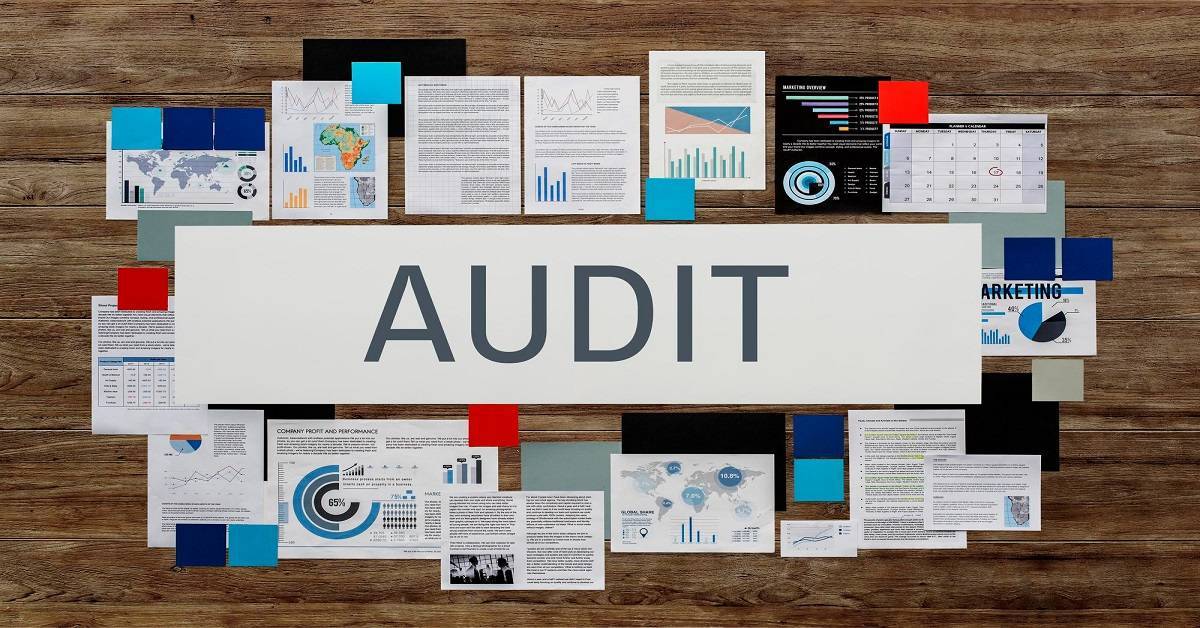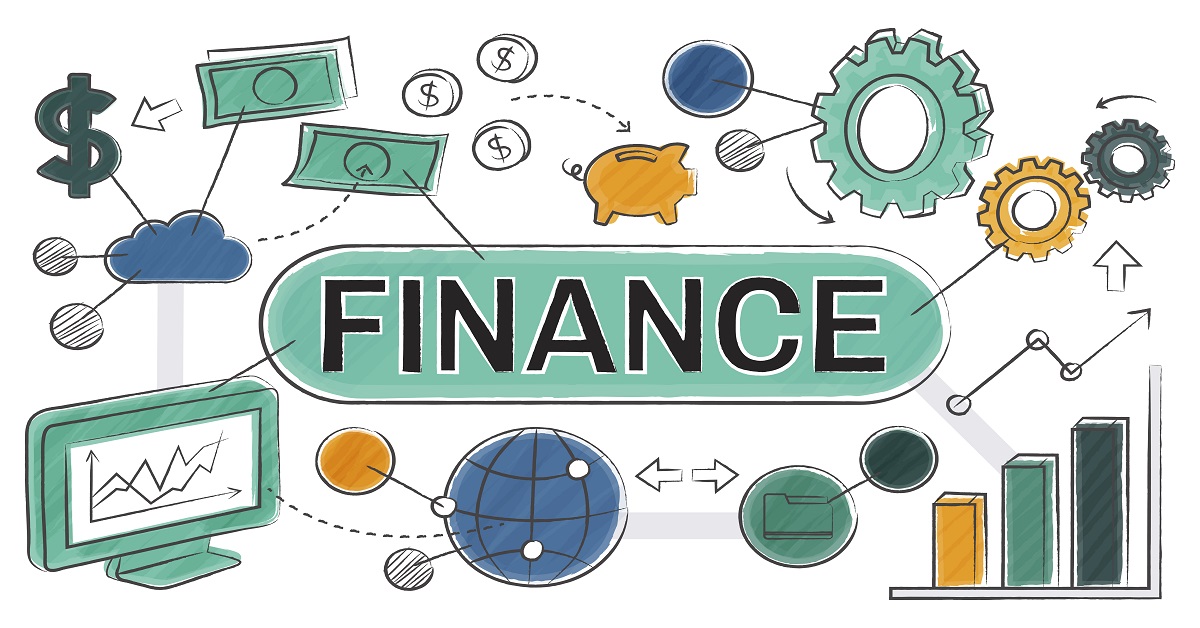Conducting a meticulous Technical SEO Audit is not just a task; it’s a strategic move to fortify your website’s foundations for optimal performance in search engine rankings. Before we embark on the journey of audit intricacies, let’s establish a solid understanding of what Technical SEO entails.
Website Structure and Crawling: The Core Foundation
The Architecture Matters: The structure of your website is the virtual blueprint that search engine bots navigate. We’ll delve into the importance of a clear and logical site structure, the significance of XML sitemaps, and the role of robots.txt directives in guiding search engine crawlers.
Unveiling On-Page Elements for Enhanced Visibility
The Power of On-Page Elements: Beyond aesthetics, elements like title tags, meta descriptions, and header tags are critical for search engines to comprehend your content. We’ll explore best practices to optimise these elements, ensuring they serve both users and search engine algorithms.
Speed Matters: Enhancing Page Loading Speed
Optimising for Swift Access: In the age of instant gratification, page loading speed is paramount. Strategies for image optimisation, browser caching, and minimising HTTP requests will be discussed to accelerate your website’s loading time.
Mobile Responsiveness: A Crucial SEO Factor
The Mobile-First Imperative: As mobile usage surpasses desktop, ensuring your website is mobile-friendly is non-negotiable. We’ll explore the impact of mobile responsiveness on SEO and provide tips for an optimal experience for mobile users.
The Backend: Server and Hosting Considerations
The Unseen Infrastructure: Behind the scenes, your server and hosting environment shape the user experience. Server response times, hosting options, and choosing the right infrastructure will be explored to ensure a robust backend for your website.
Conducting a Technical SEO Audit: A Step-by-Step Guide
With a foundational understanding in place, let’s embark on the journey of conducting a comprehensive Technical SEO Audit. The process is not just about identifying issues; it’s about laying the groundwork for sustainable success.
Step 1: Website Crawlability Assessment
Navigating Search Engine Crawls: We’ll explore tools like Screaming Frog and Google Search Console to assess how easily search engine bots navigate your site. Identification and resolution of crawlability issues will be a key focus.
Step 2: On-Page Elements Analysis
Optimising for User and Bot: A detailed analysis of on-page elements, ensuring each page has a unique title tag, meta description, and header tags. Best practices for creating content that caters to both users and search engines will be explored.
Step 3: Page Loading Speed Optimization
The Need for Speed: Page speed impacts user satisfaction and SEO rankings. Strategies for assessing and improving page loading speed, including image optimisation and server response time enhancements, will be discussed.
Step 4: Mobile Responsiveness Evaluation
Adapting to Mobile Dominance: We’ll inspect the mobile responsiveness of your website, exploring the importance of responsive design and tools for mobile-friendly testing.
Step 5: Server and Hosting Health Check
Ensuring a Robust Infrastructure: The backend of your website deserves attention. We’ll delve into server response times, uptime monitoring, and considerations for choosing the right hosting provider.
Advanced Techniques for Technical SEO Audit & Optimization
Having laid the groundwork, it’s time to explore advanced techniques that elevate your Technical SEO game.

Advanced Crawl Budget Optimization
Efficiency in Crawling: Understanding and optimizing your crawl budget is crucial. Explore techniques, including setting crawl priorities, using robots.txt directives, and leveraging crawl rate control in Google Search Console.
Schema Markup Implementation
Enhancing Search Engine Understanding: Schema markup is a powerful tool for enhancing how search engines interpret your content. We’ll guide you through the implementation of schema markup for various content types, increasing your chances of appearing in rich snippets.
SSL and Website Security
Beyond User Trust: The importance of SSL certificates for both user trust and SEO will be discussed. Ensuring a secure browsing experience and the impact of website security on search engine rankings will be explored.
Structured Data for Enhanced Rich Results
Providing Context to Search Engines: Structured data provides context to search engines about your content. We’ll explore advanced strategies for implementing structured data, including the use of JSON-LD, to increase the likelihood of appearing in rich results.
Addressing Common Technical SEO Challenges
Technical SEO is not without its challenges. Let’s address common issues and provide actionable solutions.
Addressing Duplicate Content
Preserving Content Integrity: Duplicate content can dilute the visibility of your pages. We will discuss strategies to identify and resolve duplicate content issues, including the use of canonical tags.
Dealing with Redirect Chains
Streamlining User Journeys: Redirect chains can impact page load times. We’ll guide you through identifying and eliminating redirect chains for a smoother user experience and better SEO performance.
Optimizing Images for SEO
Balancing Aesthetics and Performance: Images are crucial for user engagement, but unoptimized images can slow down your website. We will explore image optimization techniques, including compression and using descriptive alt text.
The Future Landscape of Technical SEO
As search engines evolve, so does the landscape of Technical SEO. Let’s explore future trends for a proactive approach.

Core Web Vitals and User Experience
User-Centric Metrics: Google’s Core Web Vitals have become integral to search rankings. We’ll delve into these metrics and how they impact user experience, including Largest Contentful Paint (LCP), First Input Delay (FID), and Cumulative Layout Shift (CLS).
Voice Search Optimization
Adapting to Changing Search Habits: With the rise of voice-activated devices, optimizing for voice search is becoming imperative. Strategies for aligning your content with natural language queries will be explored.
Conclusion: Empowering Your Website for Success
In conclusion, a Technical SEO Audit is not a checklist; it’s a dynamic strategy for empowering your website. By embracing advanced techniques, addressing challenges, and staying informed about future trends, you prepare your website for sustained success in the ever-evolving digital landscape.
FAQs (Frequently Asked Questions)
- Can log file analysis be performed without technical expertise?
- While log file analysis does require some technical understanding, user-friendly tools are available to assist website owners in gaining valuable insights.
- How often should I update my website’s structured data?
- Regular updates are advisable, especially when introducing new content types. However, frequent changes without substantial updates may not be necessary.
- Is implementing AMP necessary for all websites?
- While AMP can benefit mobile SEO, it’s not mandatory for all websites. We’ll explore scenarios where implementing AMP is advantageous and when it might be optional.
- What role does user experience play in Technical SEO?
- User experience is integral to Technical SEO, impacting factors such as bounce rates and user engagement. We’ll elaborate on the interplay between user experience and technical optimisation.
- How can AI benefit small businesses in their SEO efforts?
- AI can automate repetitive tasks, analyse large datasets, and provide insights. We’ll discuss how small businesses can leverage AI tools for more efficient SEO practices.









